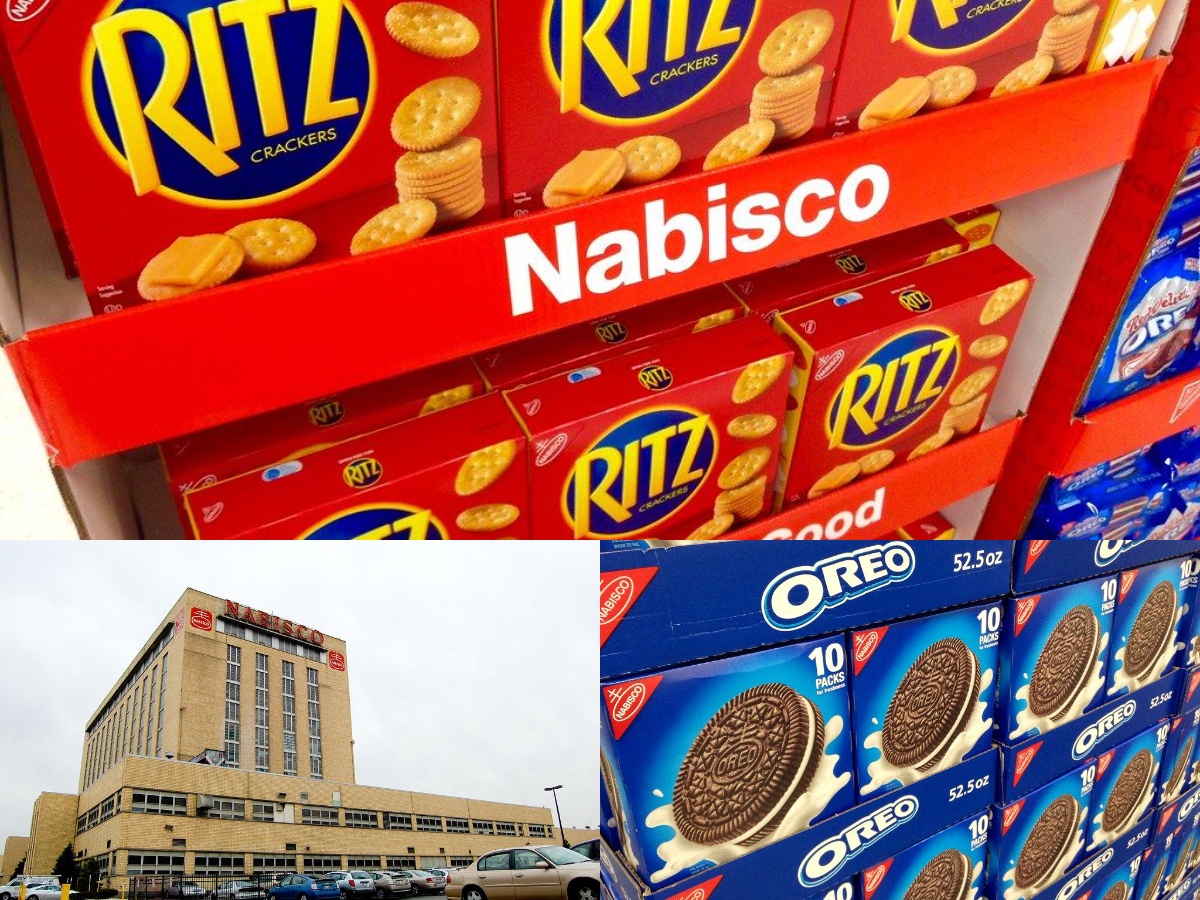Nabisco, in full National Biscuit Company, former U.S. snack food and bakery product company. The National Biscuit Company was formed in 1898 when the American Biscuit Company merged with the New York Biscuit Company. Better known as Nabisco, it went on to introduce a number of popular consumer brands such as Oreo cookies (1912) and Ritz crackers (1934). After being acquired by R.J. Reynolds in 1985 and becoming part of RJR Nabisco, Nabisco was sold in 2000 to Philip Morris Companies (renamed Altria Group, Inc.), which was the parent company of Kraft Foods. Nabisco’s brands were thereafter marketed by Kraft.
.jpg)
The company’s milestones:
In 1792 – Pearson & Sons Bakery opened in Massachusetts in 1792, and they made a biscuit called pilot bread for consumption on long sea voyages.
In 1801 – Josiah Bent Bakery first coined the term ‘crackers’ for a crunchy biscuit they produce.
In 1889 – William Moore acquires Pearson & Sons Bakery, Josiah Bent Bakery, and six other bakeries to start the New York Biscuit Company.
In 1890 – Adolphus Green starts the American Biscuit & Manufacturing Company after acquiring forty different bakeries.
In 1898 – William Moore and Adolphus Green merge to form the National Biscuit Company. Adolphus Green is president.
.jpg)
In 1901 – The name Nabisco is first used as part of a name for a sugar wafer.
In 1902 – The firm introduced Fig Newtons, Nabisco Wafers, Anola Wafers, Barnum’s Animal Crackers
In 1912 – Nabisco launched Lorna Doones and Oreos.

In 1924 – Nabisco launched Famous Chocolate Wafers. The firm also introduced a snack in a sealed packet called the Peanut Sandwich Packet. They soon added the Sorbetto Sandwich Packet. These allowed salesmen to sell to soda fountains, road stands, milk bars, lunch rooms, and news stands. The term Nabs today is used to generically mean any type of snack crackers, most commonly in the southern US.
In 1931 – Nabisco took over the Bennett Biscuit Company and concentrated on its most popular product line, Milk-Bone Dog Biscuits, originally marketed as “a dog’s dessert.”
In 1934 – Nabisco met with great success when it launched Ritz Crackers as a new prestige item.
In 1950 – The company formed a manufacturing partnership with La Favorita Bakery in Venezuela.

In 1953 – Nabisco established another partnership with the Famosa Bakery in Mexico. From this foothold in Latin America, Nabisco has grown to become a major supplier of baked goods to the region.
By the end of the 1960s – Nabisco was the leading manufacturer of crackers and cookies not only in the United States, but in Canada, France, and the Scandinavian countries, and was a major supplier to many other European and South American countries.
In 1970 – The company made its first Asian investment by establishing a joint venture with the Yamazaki Baking Company of Japan.
In 1981 – Nabisco merged with Standard Brands to form “Nabisco Brands”, which merged with R. J. Reynolds Tobacco Company in 1985 to form RJR Nabisco.

In 2000 – Philip Morris Companies Inc. acquired Nabisco and merged it with Kraft Foods in one of the largest mergers in the food industry.
In 2011 – Kraft Foods announced that it was splitting into a grocery company and a snack food company. Nabisco became part of the snack-food business, which took the name Mondelēz International.
According to en.wikipedia; company-histories.com. Source of photo: internet








